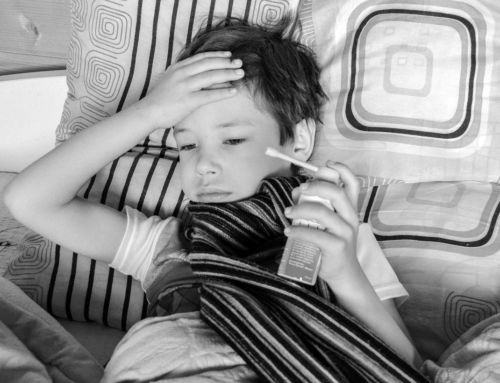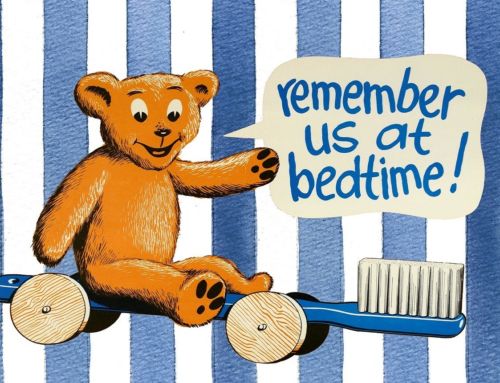Toddlers Eye Problems – What You Need to Know
By Pallavi Agarwal | Health and Wellness Writer and Editor
..
Healthy eyes and vision are a critical part of kids’ development. Their eyes should be examined regularly, as many vision problems and eye diseases can be detected and treated early. Read along to learn more about toddlers eye problems.

Many vision issues can be difficult to detect and frequently are undiagnosed by the typical pediatrician’s screenings. Many parents link that with the inability of the child to read at small age or the child being shy, and unable to express their emotions correctly. The Vision screening performed at school where your child is asked to read alphabets or identify the picture on a wall at a set distance, are not very accurate and often don’t detect the issue. Sadly, children with undetected vision problems struggle at school and can be misjudged by their behavior, attention, and reading issues.
“Sarah, a mom from Chicago, shared with us that during parents teaching meeting, peter their 10 years son was reported to constantly move in front of the class, to read what written on the board. Teachers showed concern that there might be some vision problem and asked her to talk to their son about it. Later she and her husband identified that peter is nearsighted”.
Parents should be extra vigilant in identifying the signs that their child may have a vision problem. Some of the very common indicators are –
Signs in toddlers:
- constant eye rubbing
- extreme light sensitivity
- poor visual tracking (following an object)
- abnormal alignment or movement of the eyes (after 6 months of age)
- chronic redness of the eyes
- chronic tearing of the eyes
- a white pupil instead of black
- squinting
Signs in school-aged children:
- being unable to see objects at a distance
- having trouble reading the blackboard
- poor focusing
- difficulty reading
- sitting too close to the TV
Have your kids examined right away so that that problem can be diagnosed early, and proper measures can be taken timely. Eye conditions caught early can be corrected easily.
How to Prevent Eye Injuries in kids
It is inevitable to avoid injuries when kids participate in sports and recreational activities. Hence it is very important for them to know how to protect their eyes and follow all the safety measures. As parents you can make sure that your child is always using safety glasses appropriately. More than 90% of all eye injuries can be prevented by using suitable protective eyewear.
- Kids should wear eye protectors made of polycarbonate lenses for racket sports, paintball, and other sports like baseball, basketball, football.
- All chemical products and other substances with sudden reflex sprays must be strictly kept away from kids.
- Items like paper clips, pencils, scissors, wired hangers, and rubber band should be given to kids under supervision only.
- Kids who like to get involved in yard activities, gardening, and other chores should be taken extra precautions to avoid any unexpected injury.
- Only buy toys for your kids as recommended per their age.
A small crash course on the different kind of doctors for eye care
These names can be confusing and we want to keep it simple as much as possible to provide you basic understanding before making appointment for your child’s routine vision medical care.
Ophthalmologists are medical doctors who provide comprehensive eye care with medicine and surgery. Ophthalmologists will have at least 8 years of medical school training. Once they become an eye doctor, they are licensed to practice medicine and surgery. They are specialized medical doctors, but some ophthalmologists may choose a subspecialty. This involves continuing their education and training in a specific area of medical or surgical eye care. Some of the specialty includes:
- Cornea specialist
- Retina specialist
- Glaucoma specialist
- Neurology specialist
Pediatric ophthalmologists are doctors who have additional special training to treat kids’ eye problems.
Optometrists provide services that may be the same as ophthalmologists, but they don’t perform surgery. Some optometrists specialize in kids’ eye problems.
The practice of optometry involves:
- conducting eye exams
- conducting vision tests
- prescribing and dispensing corrective lenses
- detecting certain eye irregularities
- prescribing medication for certain eye conditions
- performing specialized surgical procedures
- providing visual rehabilitation
Opticians fit and adjust eyeglasses. They use prescriptions from an optometrist or ophthalmologist to verify and fit the required visual aids. They do not have the necessary training to diagnose eyesight problems, and they cannot treat eye conditions.
Common Eye Problems
Amblyopia also knows as lazy eye is a poor vision in an eye. There are two common reasons for such a condition. 1. Crossed eyes 2. The difference in refractive error between the two eyes. Amblyopia is best treated as early as possible, ideally before a child is 8 years old. If untreated, it can cause irreversible visual loss in the affected eye.
Strabismus is a misalignment of the eyes. One eye may look straight ahead while the other turns in, out, up, or down. The eye turn may be constant or may be occasional or intermittent. Signals from the misaligned eye are “turned off” by the brain to avoid double vision, so the child uses only the better-seeing eye. If the same eye is chronically misaligned, amblyopia may also develop in that eye. With early detection, vision can be restored by patching the properly aligned eye, which forces the misaligned one to work. Surgery or specially designed glasses also may help the eyes to align.
Refractive errors It is a condition where the shape of the eye doesn’t refract (bend) light properly, so images appear blurred. Refractive errors also can cause amblyopia. Nearsightedness is the most common refractive error in school-age children; others include farsightedness and astigmatism:
- Nearsightedness is poor distance vision (also called myopia), which is usually treated with glasses or contacts. People in their adulthood prefer to get this corrected by surgical processes.
- Farsightedness (also called hyperopia), which is also usually treated with glasses or contacts. This can also be treated by surgery.
- Astigmatism is imperfect curvature of the front surface of the eye, which is usually treated with glasses if it causes blurred vision or discomfort.
There are many eye conditions that are related to family history.
Retinoblastoma is a malignant tumor that usually appears in the first 3 years of life. The affected eye or eyes may have visual loss and whiteness in the pupil.
Infantile cataracts can occur in newborns. A cataract is a clouding of the eye’s lens.
Congenital glaucoma in infants is a rare condition that may be inherited. It is the result of high pressure in the eye from incorrect or incomplete development of the eye drainage canals before birth and can be treated with medication and surgery.
Genetic or metabolic diseases of the eye, such as inherited disorders that make a child more likely to develop retinoblastoma or cataracts, may require kids to have eye exams at an early age and regular screenings.
An eye examination on a child is much different than an eye examination on an adult. An eye doctor who works with children a lot will have specialized equipment and diagnostic tools, as well as toys and games to keep the child’s attention to get the information that they need
If your child shows any of the signs, or their eyes change in any way, or you’re worried about their vision, don’t wait until they’re 3 years old to get that first vision test. If you have a concern, it’s always better to be on the safe side. Get them checked and make sure everything’s OK.
This article is intended to advance your knowledge about the general well-being of your child, as a new parent. It isn’t planned to substitute any professional guidance, conclusion, or treatment. Our team works very hard to provide you with the best information available on your parenthood journey. We highly recommend seeking the advice of your doctor or other qualified healthcare providers with any questions you may have regarding a medical condition or treatment.








